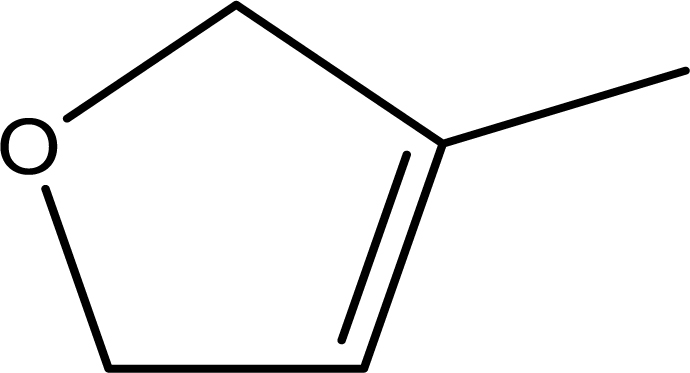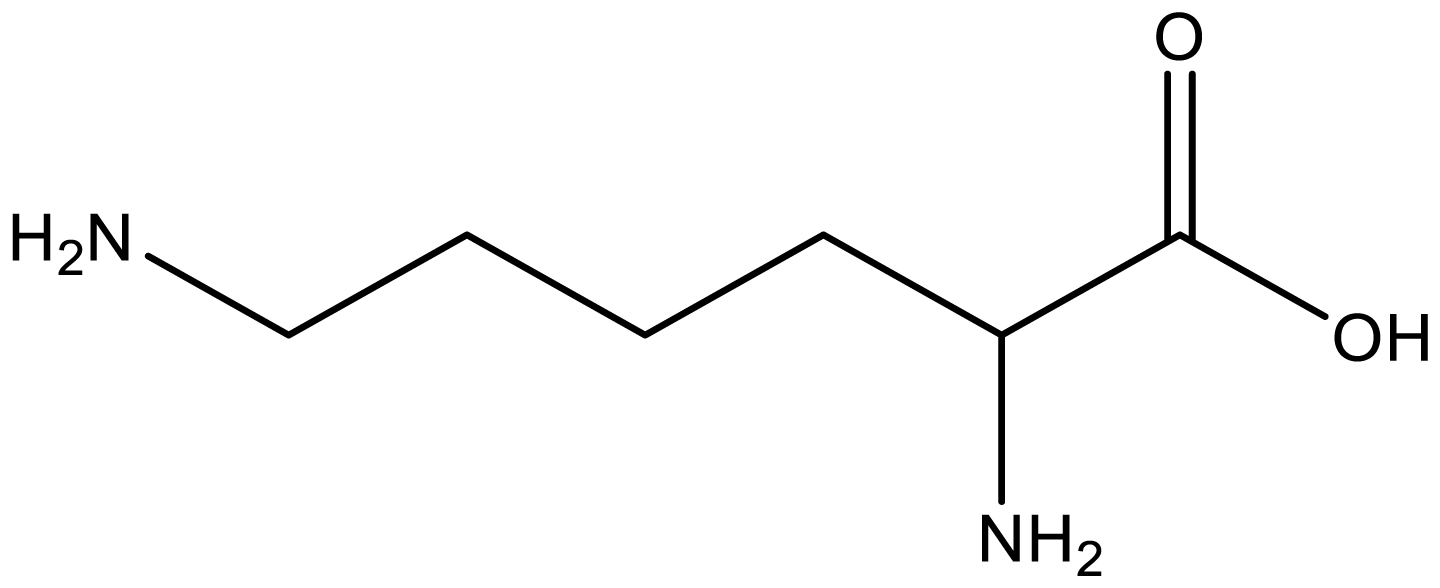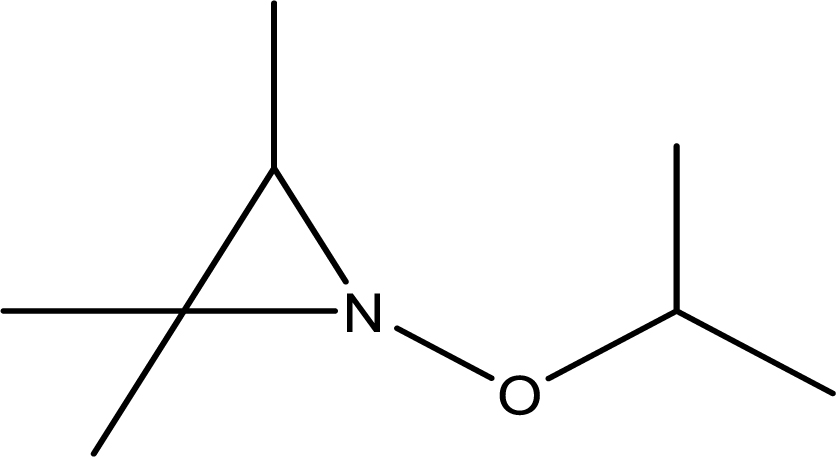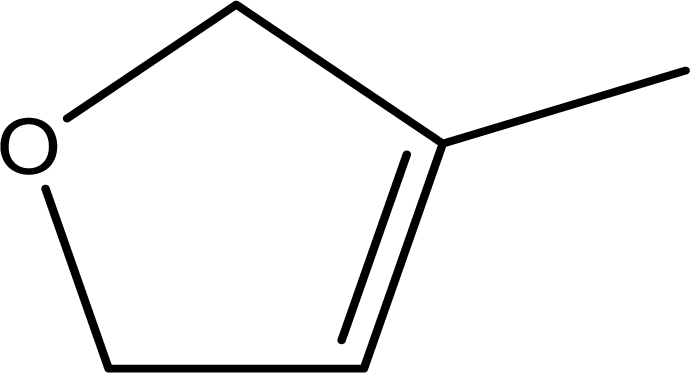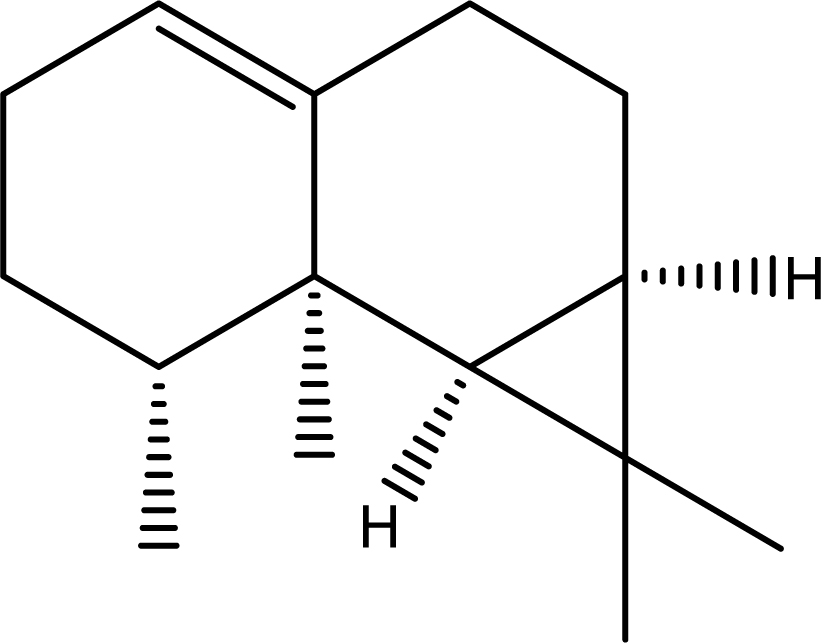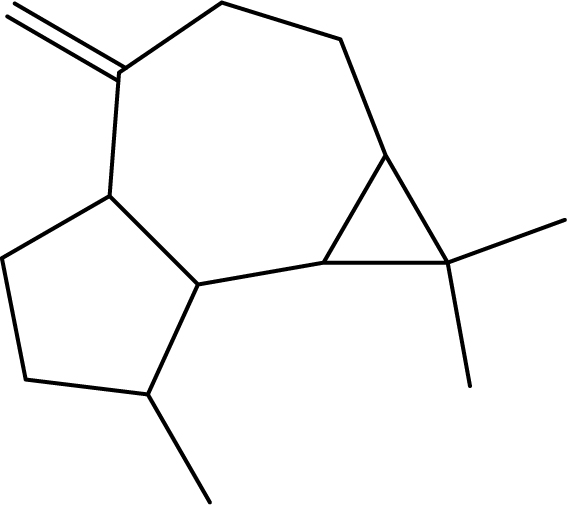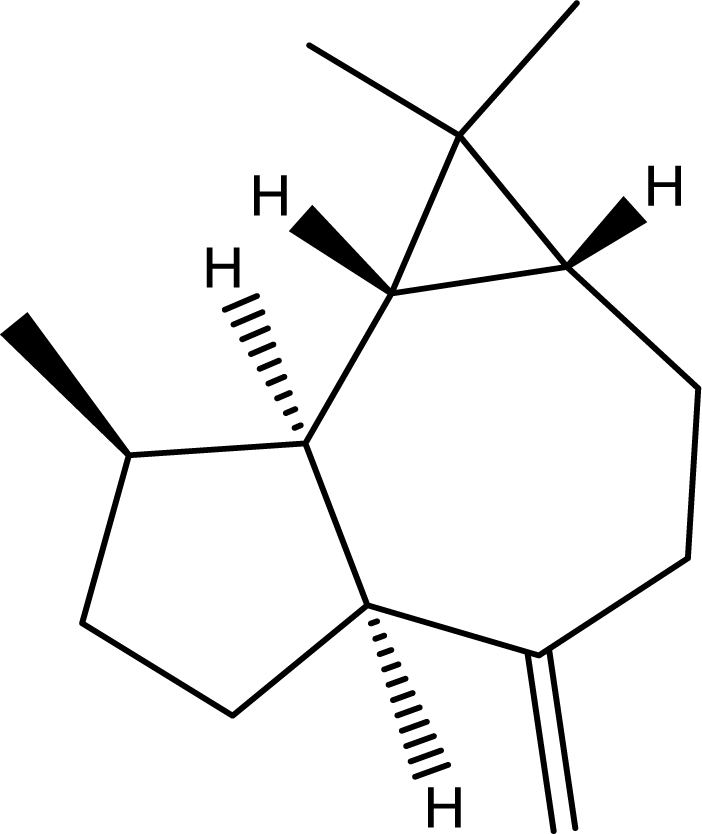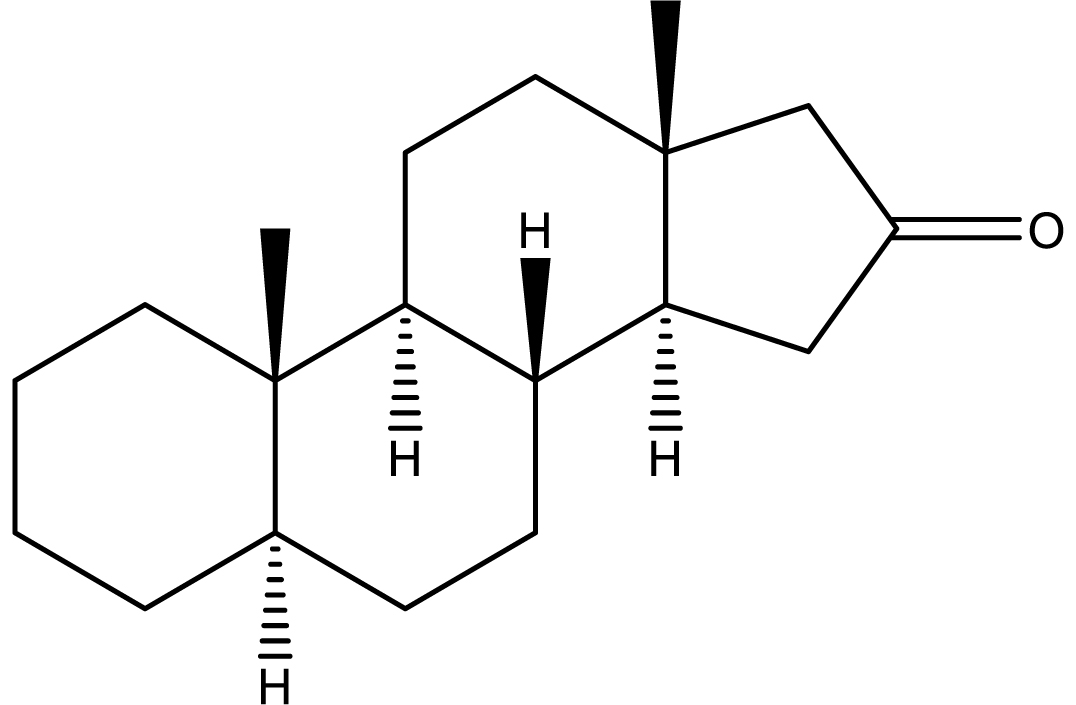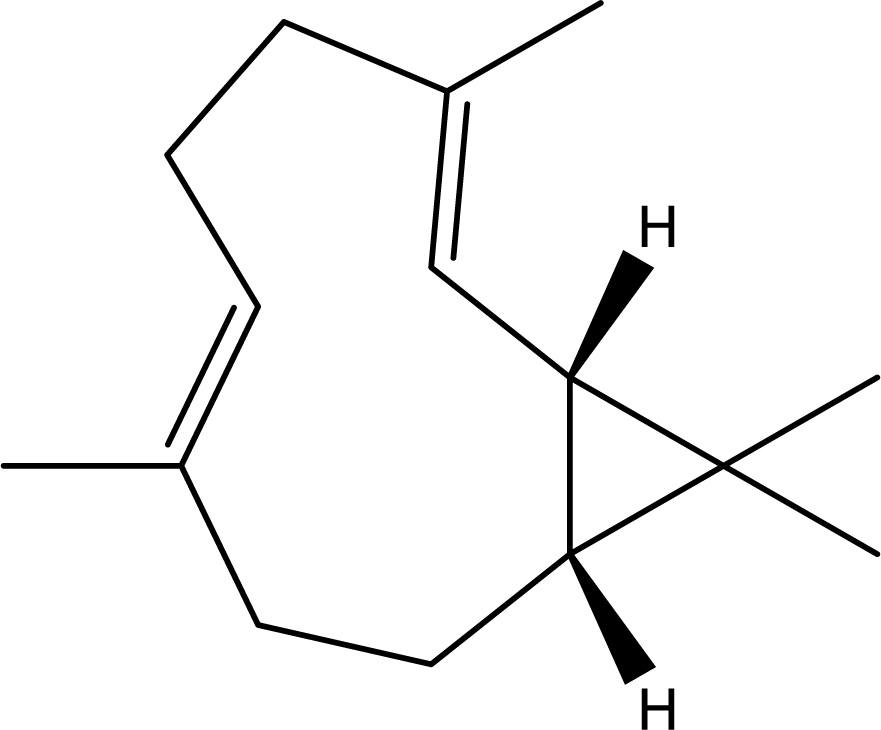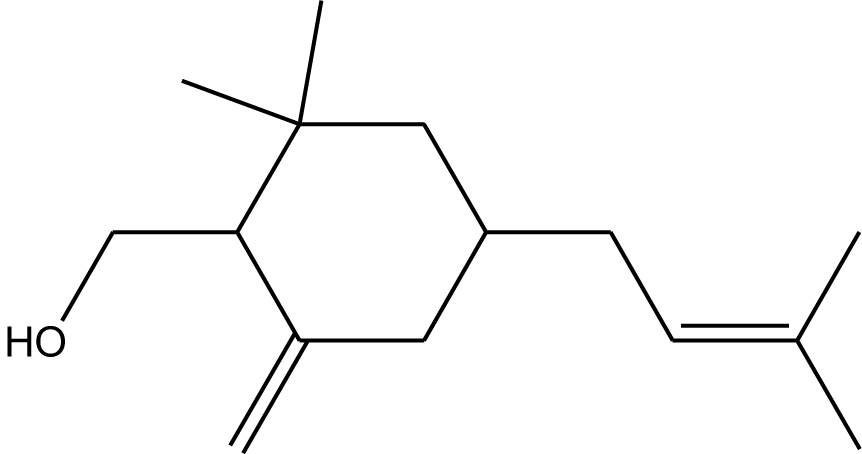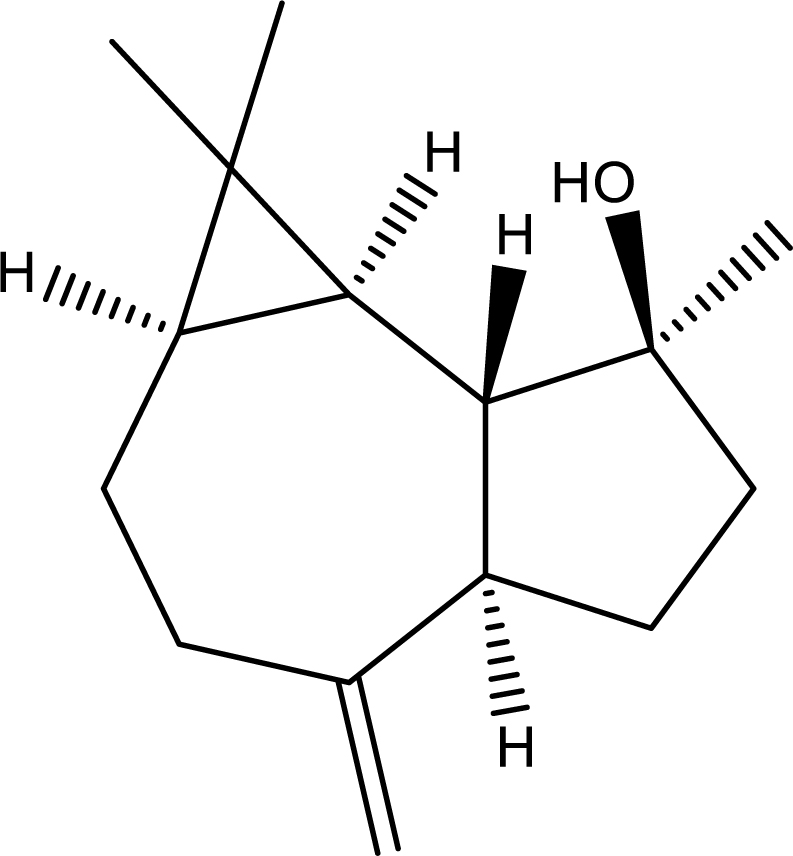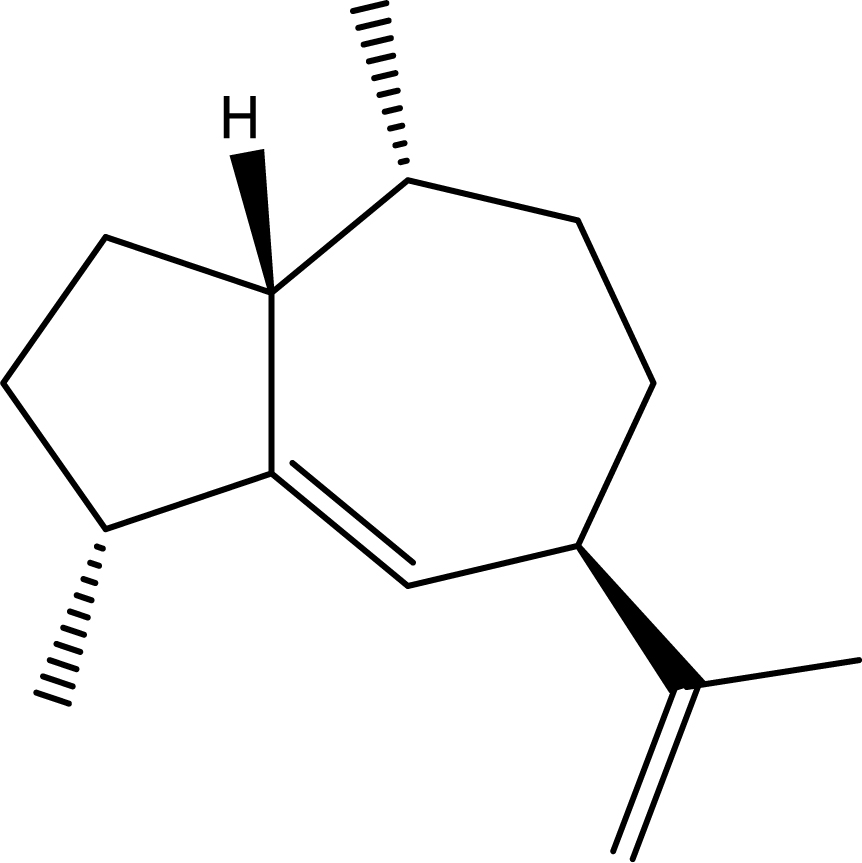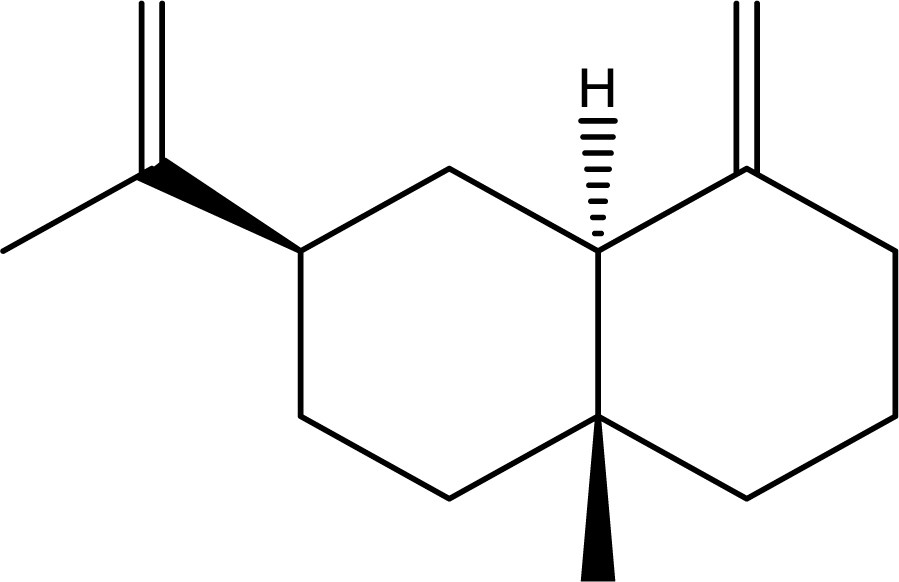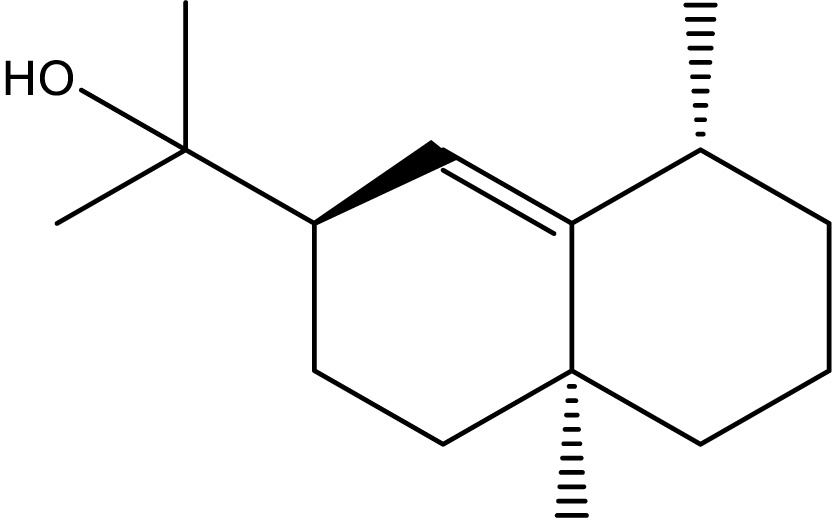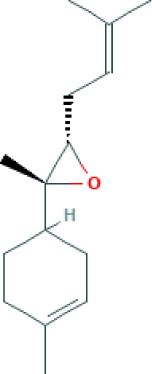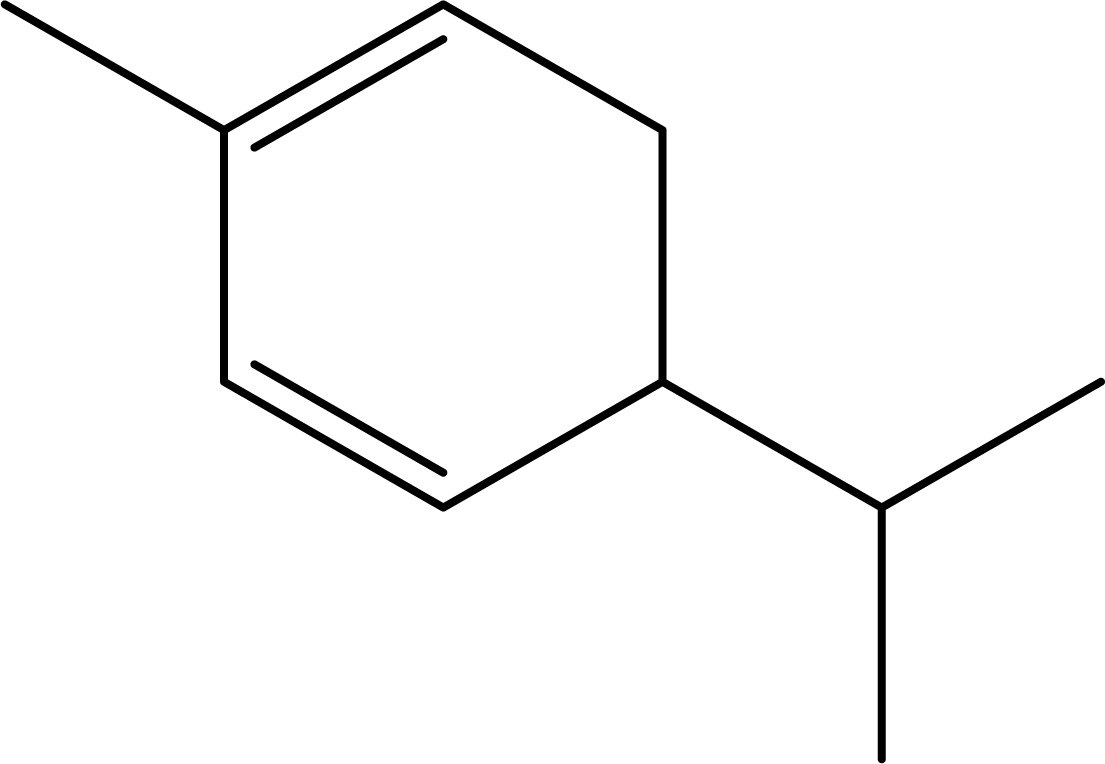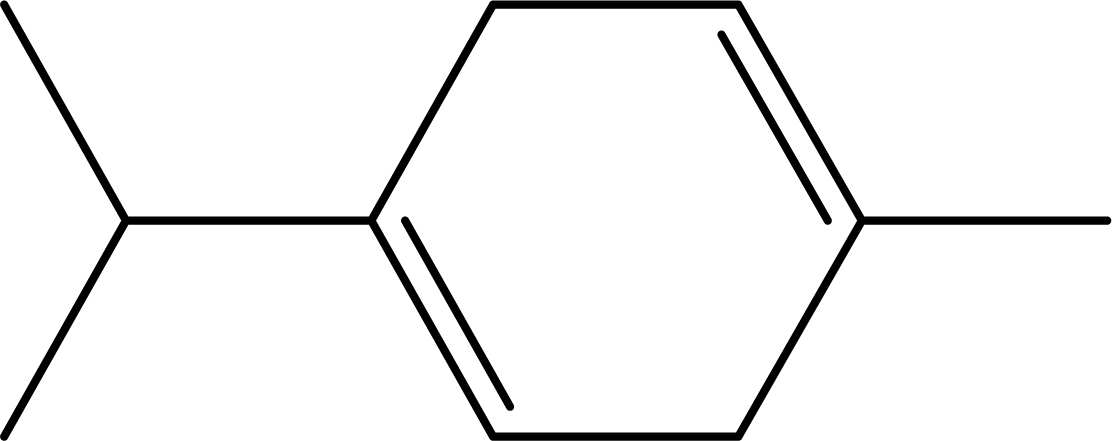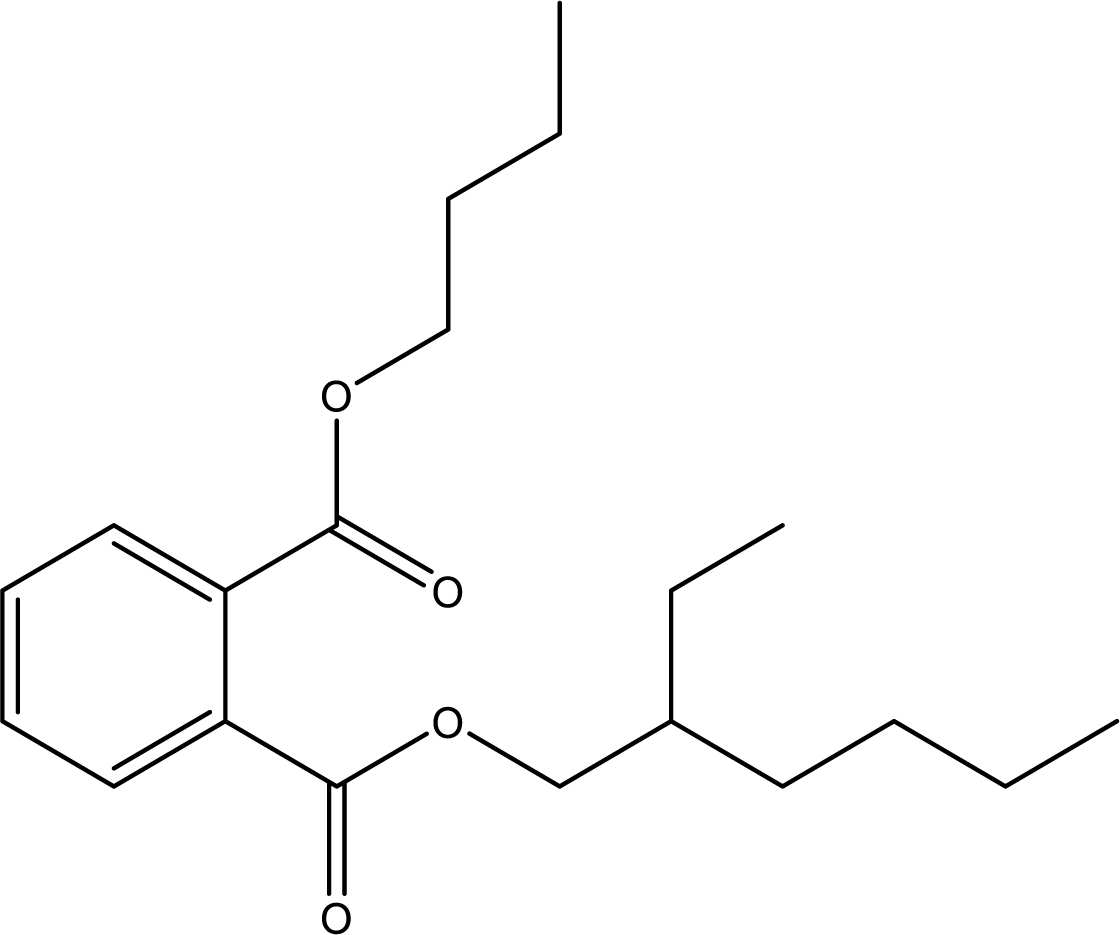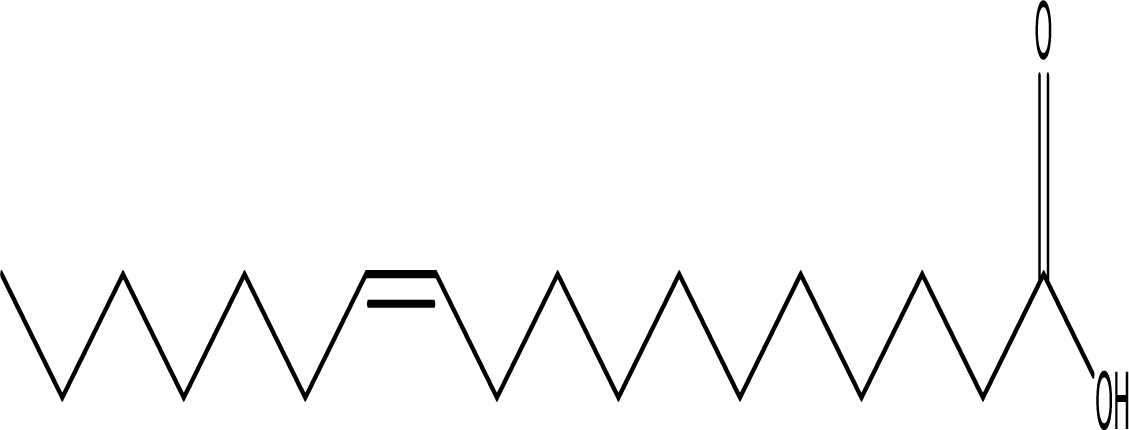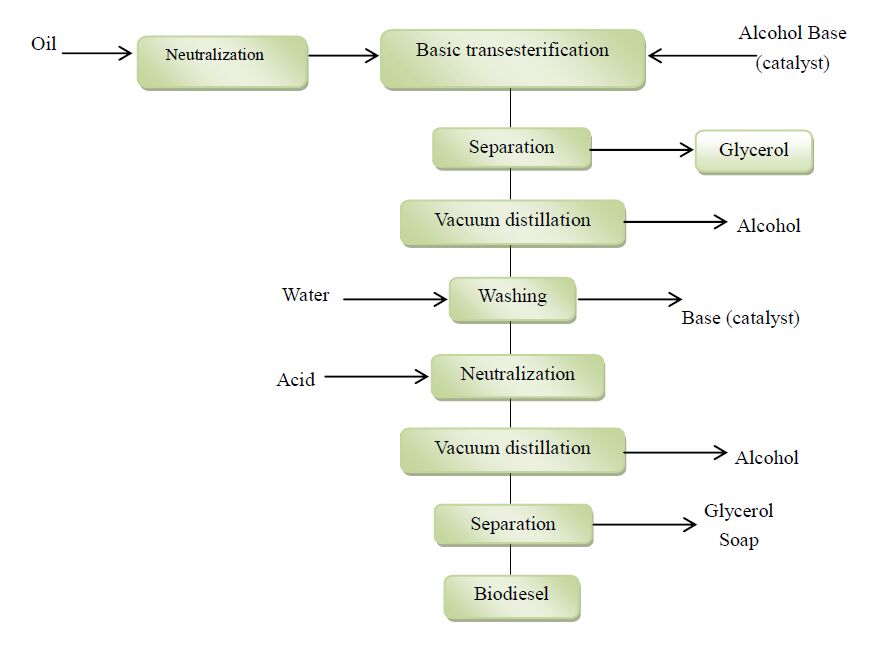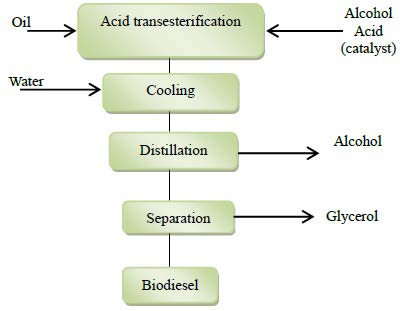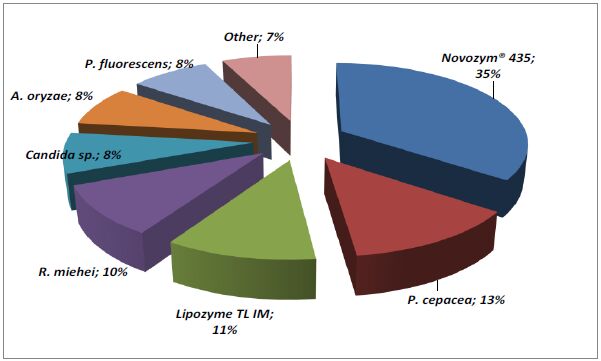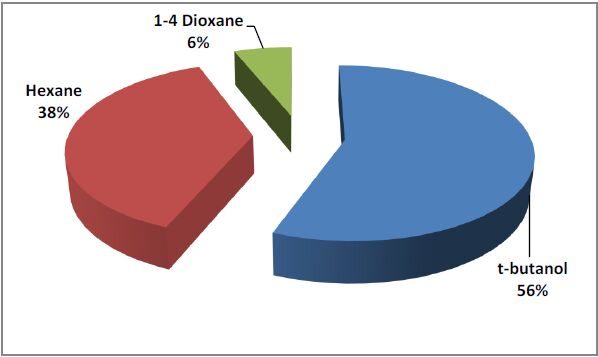Biodiesel is considered as a potential interesting alternative diesel substitute due to its many advantages, such as biodegradability and non-toxicity. Biodiesel production worldwide is low and does not meet the needs of society. Therefore, biodiesel production policies have been implemented by various countries. This paper addresses the issues of plant materials containing lipids for biodiesel production and explores also the avenue of microalgae as an alternative. Various conversion technologies of lipids into biodiesel are also described and compared. Enzymatic transesterification would be most appropriate when microalgae oils are used because of their high free fatty acids content. The optimization of the enzymatic process depends on several parameters such as the catalyst, temperature, reaction time and the alcohol: oil molar ratio.
1.
Introduction
The prevalence of non-communicable diseases diabetes is increasing at an alarming rate. In 2015, it was predicted that 422 million individuals would develop diabetes mellitus (DM) [1]. By 2035, it is expected that this figure will double [1]. The incidence of diabetes on a global scale is a serious public health issue; it has either caused or aggravated numerous clinical conditions, such as hypertension, heart disease, excessive cholesterol, cancer, and dementia [2].
The need to discover new antimicrobial compounds is being increasingly recognized in this age of antibiotic resistance [3]. There is a growing need for novel chemicals with direct antibacterial or indirect action that enhances the resistance mechanism of microorganisms, since infectious illnesses continue to be a major public health concern. Plants' natural products are crucial to the search for new therapeutic medicines [4].
Plants are employed either directly or indirectly in the composition of 25% of today's medications, many of which are made from medicinal plants [4]. In recent years, the potential for the treatment of numerous diseases with medicinal plants has been a growing [5]. The treatment of diseases from plant products are risk free, less toxic, and inexpensive [6].
Natural products obtained from plants are known to be alternative forms of medicine and have gained a lot of attention. For improvement of health statuses and the treatment of diverse ailments, a great percentage of people all over the world rely on natural products derived from plant parts [7]. As a medical substance, medicinal plants play an essential role in pharmacological research, disease treatment and prevention, and as raw materials for the creation of pharmacologically active products [8].
Pharmacokinetic variables are increasingly being incorporated into drug discovery procedures using computer-based methodologies [9]. A chemical with both a high potency and a favorable chemical absorption, distribution, metabolism, excretion, and toxicity (ADMET) profile is considered a potential lead compound. Therefore, regardless of their great potency, drugs with unimpressive projected ADMET profiles can be quickly removed from the pool of potential therapeutic candidates [10]. The use of computational approaches in medical synthetic chemistry has become commonplace; however, its application in the study of natural chemicals has not received enough attention.
There are 131 genera and about 5500 species in the Myrtaceae family, all of which are woody trees or shrubs and have essential oils [11]. Several family members are commercially well-known for their therapeutic essential oils [11]. E. camaldulensis, which is a species of the Myrtaceae family, is commonly used to treat stomach ailments in Nigeria.
Moreover, a decoction made from the leaves is claimed to be effective against urinary tract infections, respiratory tract infections, and sore throats caused by bacteria. A poultice produced from the leaves is used to treat wounds and sores [12]. The anti-tubercular effect of the essential oils extracted from the leaves has led to their usage in the treatment of lung ailments [12]. With its infusions, one can treat gastrointestinal problems, respiratory problems, halt bleeding, heal cuts and open wounds, and relieve aches and pains in the muscles, joints, and teeth [13]. Bacterial infections and inflammatory-related disorders are traditionally cured with an extract made from the leaves [14]. The plant is extensively utilized in traditional treatments for colds, asthma, diarrhea, dysentery, laryngitis, and sore throats [15]. Previously, there was antimicrobial investigation on E. camaldulensis [12],[16],[17]. Antibiotic-resistant diseases cost approximately up to $29,069 per patient and can lead to an extended length of treatment. Therefore, there is a need to find cutting-edge, natural, antimicrobial drugs and treatments [14].
The aim of this study is to use various in vitro biological models in combination with in silico analysis to enhance the current literature. This involves assessing the antioxidant, anti-diabetic, and antibacterial properties alongside specific in silico methods to predict the drug-likeness, pharmacokinetic behavior, and binding effectiveness of the identified phytochemicals extracted from E. camaldulensis leaves.
2.
Matrials and methods
2.1. Plant collection and identification
E. camaldulensis leaves samples (Figure 1) were gathered from outdoor areas, field gardens, and backyard gardens; subsequently, herbarium specimens were made. After the verification of the plant's identity by a qualified taxonomist, the plants were donated to the Ahmadu Bello University Herbarium in Zaria with the following assign voucher number: ABU02510. The World Flora Online (WFO) https://www.worldfloraonline.org/ was utilized to authenticate the species name.
2.2. Extraction of plant samples
The leaves were washed under running water to get rid of any remaining dirt, stains, or latex. A grinding machine was employed to pulverize the dehydrated samples into a fine powder. The powdered plant samples were quantified by weighing 100 g of the sample. The Soxhlet technique was used to extract ethanol and an aqueous layer from the plant leaves.
A Whitman No. 1 filter was used to filter the extraction's result. Both the ethanol and aqueous plant leaf samples were crudely extracted using the E-Z-2-Elite evaporation apparatus. For the ethanol and aqueous extracts, the solvent pressure was set to 72 and 300, respectively, and the vacuum was set to 40 °C [18]. The extracts were dried in a refrigerated vacuum oven at 40 °C until they reached a uniform mass, after which they were concentrated with a rotary evaporator and weighed with an electronic balance [19]. The weight of the crude yield is derived by the following simple calculation: Yield % = Extraction yield (%) = F1/F2 × 100, where F1 is the mass of the crude extract and F2 is the mass of the sample [20].
2.3. Essential oil distillation
Freshly cut E. camaldulensis leaves were extracted in a Clevenger device under reflux for 4 hours. Then, the resulting essential oil (EO) was extracted with dichloromethane, the organic phase was separated and dried with anhydrous sodium sulphate, filtered, and stored in an airtight flask at a low temperature (−10 °C) [21]. This method was carried out in triplicate and the percent yield was computed in relation to the dried mass of the initial sample.
2.4. 6.4.1.2 1, 1-Diphenyl-2-Picryl Hydrazyl (DPPH) radical scavenging activity
Seven different concentrations of ethanol, aqueous, and EO of the leaves were subjected to a 100 g mL−1 (0.004% w/v) DPPH methanol solution to determine its effect. For 30 minutes, the solution was allowed to sit undisturbed at room temperature and without light. Comparisons were made using quercetin as a standard [22]. The calculation for the radical scavenging activity is as follows:
% Inhibition = [(Bo − B1)/Bo)] × 100
where B1 is the sample absorbance (517 nm) and Bo is the control absorbance (517 nm) reaction.
2.5. Ferric reducing antioxidant power (FRAP) assay
A mixture of acetate buffer (B, 300 mM), 2,4,6-tri (2-pyridyl) -S-triazine (TPTZ, 10 mM) in HCl (40 mM), and iron chloride (FeCl3, 20 mM) were heated in a water bath for 10 minutes at 37 degrees Celsius. Following a 30-minute incubation at room temperature in the dark, 285 L of a FRAP working solution (100 µg/g mL concentrations) was added to 15 µL of ethanol, aqueous, or EO (100%) extracts of the leaf samples [22].
2.6. α-glucosidase inhibition assay
50 µL of 0.1 M phosphate buffer (pH 7.0) was combined with 10 µL of the ethanol, aqueous, or EO extracts of the leaves at 100 µg/mL. 25 L of α-glucosidase (Sigma Aldrich) in buffer (0.2 U/mL) was placed onto a well plate to initiate the reaction. A 25 µL sample of 0.5 mM 4-nitrophenyl alpha-Dglucopyranoside (pNPG) substrate was added to complete the reaction, which was then incubated for an additional 30 minutes at 37 °C [23]. The process was stopped by introducing 100 µL of a 0.2 M sodium carbonate solution. Acarbose at 100 µg/mL was used as a positive control. The absorbance was determined at 410 nm. The percent inhibition was calculated using the following formula:
Inhibition (%) = [Control abs – sample abs)/control abs] × 100
3.
Antimicrobial evaluation
3.1. Test organisms
Gram-positive Pseudomonas aeruginosa and Gram-negative Staphylococcus aureus bacteria were provided by the biology department of Tishk International University. Mueller Hinton agar plates were streaked with the microbial stock cultures using an inoculation loop, and then the plates were incubated at 37 °C overnight. The following day, they were subcultured again until a new colony was established. After that, they were injected with Mueller Hinton broth and allowed to incubate at 200 rpm overnight [24].
3.2. Disk diffusion evaluation
Microbial inoculums containing 1.106 (CFU)/mL were seeded onto 200 µL solidified Mueller-Hinson plates. The plant component (ethanolic, aqueous, and EO) extracts were impregnated with 20 µL of 4000 µg/mL on Whatman No. 1 filter paper discs (6 mm). Using sterile forceps, the impregnated disk was positioned on the plates. The plates were incubated at 37 °C for 24 hours [24].
3.3. Essential oil identification
Components of the EOs were analysed by means of gas chromatography linked to mass spectrometry (GC-MS, Shimadzu/QP2010) with an OV-5 bonded capillary column (30 m 0.25 mm 0.25 m film thickness). The propellant gas was helium, and the flow rate was 1 mL/min. Temperatures of 220 and 240 °C were reached in the injector and detector, respectively. 1.0 µL was injected at a split ratio of 1: 20. The oven temperature was set to gradually increase from 60 °C to 240 °C at a rate of 3 °C/min with 1 min hold. The collected pieces had velocities ranging from 40 to 650 m/z and an electron impact energy of 70 eV [21].
3.4. Statistical analysis
The experiments were performed in a completely randomized manner, with three replicates of each treatment, and the statistical analyses were performed using the Statistical Analysis System (SAS) for data analysis (University version 9.4). After performing a one-way repeated-measures analysis of variance (ANOVA) [25], a post-hoc test, namely Duncan's multiple range test, was employed to evaluate if there were any statistically significant differences between the group means at the p ≤ 0.05 level.
3.5. Molecular docking of α-glucosidase
Antidiabetic properties of the phytochemicals isolated from E. camaldulensis were investigated in a docking study against the α-glucosidase enzyme (Protein Data Bank (PDB): 3A4A). The selection of the 3A4A PDB structure was made considering several factors, including its crystallization with an inhibitor to compare with docked ligands, a resolution of less than 2 Å, and the absence of mutations. The protein was obtained and downloaded as a PDB file from the following: https://www.rcsb.org/. Chimera software tools [26] were used to remove the native ligand present in the PDB structure of the protein.
The 1D structures of the isolated phytochemicals and the four controls including the native inhibitor, alpha-D-glucopyranose, were retrieved from the PubChem Search database as strings of canonical smiles. To facilitate the analysis, the smile sequences were converted into 3D PDB files using a web server known as CORINA, https://demos.mn-am.com/corina.html.
The CB-Dock server automatically optimizes the ligand input files as reported by [27]. CB-Dock is a docking tool for protein-ligand interactions that automatically detects the binding sites, determines their center and size, adjusts the docking box dimensions based on the query ligands, and subsequently conducts molecular docking using the AutoDock Vina software, v1.2.5 [28]. The docking process consists of three steps: Search Cavities, View Results, and BlindDock. The active site parameters for docking included a Cavity Volume of 2996 Å3, with the center coordinates of X = 15, Y = −14, and Z = 16. The generated poses were evaluated and visualized using the CB-Dock server and Chimaera software tools.
The inhibition constant (Ki) was calculated using the following formula: Ki = exp(ΔG/RT), where ΔG is the binding energy, R is the universal gas constant (1.985 × 10−3 kcal mol−1 K−1), and T is the temperature (298.15 K).
3.6. Molecular dynamics (MD) simulation of α-glucosidase
A molecular dynamics (MD) simulation was performed using the CABS Flex 2.0 server [29] for α-glucosidase (without ligands) and α-glucosidase-5.alpha.-androstan-16-one complex to calculate the root mean square fluctuation (RMSF) values. The parameters used were as follows: Time, 10 ns; Mode, SS2; Interval, 3; Global weight, 1.0; Number of cycles, 50; Cycles between trajectory frames, 50; Simulation temperature, 1.4; and Random number generator seed, 5546.
3.7. Drug-likeness properties
The SMILES strings of the 5.alpha.-Androstan-16-one compound were obtained from PubChem (http://pubchem.ncbi.nlm.nih.gov/). Next, we calculated the drug-likeness parameters of the analyzed compound using the SwissADME online webserver (http://www.swissadme.ch/index.php). The bioactivity score for an enzyme inhibitor was determined through the utilization of the Molinspiration server located at http://www.molinspiration.com/cgi-bin/properties. The prediction of hepatotoxicity toxicity was conducted using pkCSM, which is a server that predicts the toxicity of small molecules, https://biosig.lab.uq.edu.au/pkcsm/prediction.
4.
Results
4.1. Extraction yield
The aqueous extract of Eucalyptus camaldulensis leaves had a greater yield of 0.87% compared to the ethanol extract and EO, which had yields of 0.65% and 0.48%, respectively (Figure 2).
4.2. Antioxidant, α-glucosidase and antimicrobial Activities of E. camaldulensis leaves
Table 1 displays the inhibitory effects of the ethanol, aqueous, and EO extracts of E. camaldulensis leaves using the DPPH radical scavenging method. The highest inhibition was recorded from the EO at 84 % (Table 1 and Figure 3). The highest capacity to convert Fe3+ to Fe2+ was noted for the aqueous leaves extract, even when compared to the standard used (Figure 4). The result exhibits a significant difference among the examined treatments. The principal enzyme in charge of catalysing the final stage of carbohydrate digestion is α-glucosidase. The highest level of α-glucosidase activity for the leaf EO was reported to have an inhibitory value of 78 % (Table 1). The tested extract demonstrated a substantial zone of inhibition against the tested strains of Staphylococcus aureus and Pseudomonas aeruginosa. The EO exhibited the highest zone of inhibition at 12 mm and 14 mm for Staphylococcus aureus and Pseudomonas aeruginosa, respectively. These values were greater than the zone of inhibition observed for ampicillin at 9 mm and 6 mm for S. aureus and P. aeruginosa, respectively (Figure 5). A statistically significant difference was found between the treatments at p ≤ 0.05. Due to the significant activity of the EO, it underwent further examination of its chemical makeup using GCMS.
4.3. Chemical composition
Table 2 exhibits the spectra of the EOs identified components (mass spectrum of each compound of the EO are presented in Supplementary Table S2). The EO was broken down into its 42 constituent compounds with 99 .9 % of the EO (Figure 6). There was a dominance of cis-11-Hexadecenal (10.2%), trans-13-Octadecenoic acid (9.5%), and 6-Octadecenoic acid, methyl ester, (Z)- (8.8 %), with the rest having 7 to 0. 1 %, respectively (Table 2).
4.4. Molecular docking analysis
The results of the in vitro experiment showed a high possibility that the leaf extracts of E. camaldulensis inhibited the α-glucosidase enzyme. This motivated us to evaluate the potential inhibitory role of the phytochemicals of E. camaldulensis and to identify the binding affinity value for each compound. It is crucial to validate the docking protocol to ensure the precision of the docking process. Therefore, the co-crystallized ligand, namely alpha-D-glucopyranose, was eliminated from the α-glucosidase PDB structure. Subsequently, a new alpha-D-glucopyranose was generated by the CORINA server as descried in the methods and used to redock the PDB structure. The CABS Flex 2.0 server effectively re-docked the newly generated ligand into the active site of α-glucosidase (Figure 7), resulting in interactions similar to those observed in the original structure. Despite using blind docking and not specifying the active site, a good match between the docking structure and the original PDB structure was obtained, indicating the docking accuracy.
The phytochemicals isolated from the E. camaldulensis leaves (Table 2) were subjected to docking studies to estimate their antidiabetic effects against α-glucosidase, as illustrated in Table 3 and Figure 8. Additionally, the inhibition constant (Ki) was calculated based on the binding energy (ΔG) using the formula mentioned in the methods section. The results of the docking analysis revealed that the 5.alpha.-Androstan-16-one compound exhibited significant binding affinities towards α-glucosidase compared to other phytochemicals. The two compounds mentioned above produced higher binding affinities compared to the controls, with scores of −8.6 and −8.5 Kcal/mol, respectively, as presented in Table 3. Quercetin exhibited the highest binding affinity among the five controls, with a score of −8.6 Kcal/mol. This score is comparable to the scores obtained by 5.alpha.-Androstan-16-one. A further analysis was conducted on 5.alpha.-Androstan-16-one due to its strong interaction with α-glucosidase. The analysis showed that the compound could interact with the enzyme via 11 amino acids (TYR158, GLN279, PHE303, ASP307, PRO312, LEU313, PHE314, ARG315, ASP352, GLN353, GLU411, and ARG442), as shown in Figure 8.
4.5. Molecular dynamics analysis
A MD simulation of 10 ns was conducted utilizing the CABS-flex 2.0 server in order to determine the RMSF values for the α-glucosidase-5.alpha.-Androstan-16-one complex, as shown in Figure 9. The fluctuation of atoms throughout the simulations provides insight into the flexibility and stability of various protein residues. A higher RMSF value for the residues suggests an increased flexibility of the amino acid, while lower fluctuations suggest restricted movements during the MD simulation. The fluctuation in the complex was found in the acceptable range between 1 and 3 Å, indicating that there is no binding effect of 5α-androstan-16-one on the α-glucosidase enzyme. The LYS127, ALA145, and SER574 residues exhibited fluctuations higher than 3 Å; however, these exceptions were found outside the active site and did not impact the binding to the ligands. In multiple regions within the active site, 5α-androstan-16-one enhanced the rigidity of the enzyme and improved the stability of binding, as shown in the dashed line box.
4.6. Assessment of ADMET
The promising phytochemical, namely 5.alpha.-Androstan-16-one, underwent evaluation to determine its potential as a drug that can be taken orally by humans, in accordance with Lipinski's rule of five (RO5), and was assessed for the ADMET parameters. The compound successfully met Lipinski's rule of five, with only one violation observed due to MLOGP > 4.15. The compound showed a high gastrointestinal absorption. In regard to its solubility, 5.alpha.-Androstan-16-one exhibited a moderate solubility. The compound received enzyme inhibitor scores of 0.34, with neither showing any hepatotoxicity.
5.
Discussion
The yield varied greatly according to the extraction solvents (Table 1). The solvent's ability to extract more compounds from the samples may account for the high yield found in the aqueous extracts. The findings are consistent with Poojary et al. [30], who observed a significant yield of extract from the root and bark using an aqueous extraction method, with a reported yield of 10.43%. The extraction process, solvent type, chemical type, and metabolite polarity were the main factors that influenced the yield extract variance between the medicinal plant parts [18]. Choosing the appropriate extraction solvent is significant to obtain a higher yield of compounds. A diverse number of solvents, such as aqueous diethyl ether, ethanol, hexane, methanol, and chloroform, has previously been used to extract bioactive substances in plant parts [31]. Each bioactive compound has a different solubility in specific solvents. Therefore, the correct choice of organic solvent is significant to recover different forms of compounds. It is necessary to select solvents that are safe for use in the industrial production processes.
In terms of the radical scavenging activity, the high activity of the EO might because the plant is known to be highly aromatic. The Fe3+ complex in tripyridyl-triazine (TPTZ) is reduced to the Fe2+ complex, Fe2+ (TPTZ), which results in a blue colour shift in this process [32]. When compared to their scavenging activity, the antioxidant content of the ethanol, aqueous, and EO extracts did not significantly differ based on their reduction potential. The action of each extract established in the various solvents is explained by the presence of a specific component, such as a hydroxyl group, a methoxyl group, phenolic compounds, flavonoids compounds, or other structures that may be present [18]. The number and type of phytochemical compounds found in the plant extract are solely responsible of the environmental condition [33]. Possible explanations for the observed discrepancy between the DPPH and FRAP assays include differences in the actions or responses of the compounds toward the assay. Multiple studies have conclusively established the importance of oxidative stress in the development and progression of DM [34].
Therefore, antioxidant compounds such as plant polyphenols have been proposed as potential tools in the fight against and the treatment of this disease. The findings of the DPPH and FRAP assays for antioxidant activity led us to infer that the EO extracted from the leaves had the maximum antioxidant activity. More work is needed to isolate the compounds in the leaves' EOs responsible for its antioxidant properties before it can be used therapeutically. The beneficial effects on glucose homoeostasis can be shown in DM patients when these enzymes are inhibited, as less oligosaccharide and disaccharide hydrolysis occurs [35]. Therefore, blocking the α-glucosidase enzyme is a crucial part of diabetes management [36].
All the extracts that showed varying levels of activity against the bacterial strains were tested. An increase in activity was observed with increasing concentrations of both the ethanol and aqueous extract and EO (Table 1). The EO demonstrated a superior action compared to the ethanol and aqueous extracts, as well as the ampicillin standard (Table 1). The results were consistent with the findings of Sabo et al. [13], where the EO derived from E. camaldulensis exhibited an antimicrobial activity against a wide range of Gram-positive bacteria (0.07–1.1%) and Gram-negative bacteria (0.01–3.2%). Consequently, the treatment of bacterial infections necessitated the administration of larger quantities of the oil [16].
E. camaldulensis leaves have long been recommended by traditional herbalists as a potent diabetic treatment, and recent scientific studies have confirmed these assertions. One of the reasons for the high activity of the leaves extracts might be because the secondary metabolites are first produced in the leaves before being transferred to the rest of the plant . The plant's secondary metabolites have crucial roles in disease resistance, pollination, and adaptability. Many aspects of a man's daily life make use of the secondary metabolites produced by the plant's parts. It's common knowledge that these chemical by-products, treated or not, have several biological applications [37].
Forty-two non-polar compounds identified for the EO of the leaves might be responsible for the high antioxidant and alpha glycosidase inhibition activities. Increasing insulin secretion and pancreatic -cell regeneration are two ways in which the following substances have been found to have anti-diabetic effects [38]. Antioxidant and anti-diabetic effects have been observed in secondary metabolites and bioactive phyto-constituents discovered by GC/MS in a wide range of plants [35]. The chemical composition revealed the presence of 41 compounds with a diverse array of pharmacological activities. Compounds such as Aromadendrin have been recorded to possess numerous pharmacological properties, such as anti-inflammatory, antioxidant, and anti-diabetic attributes [39]. Famous for its anti-inflammatory qualities in treating peptic ulcers, azulene also has anti-tumor and anti-retroviral activities against HIV-1, antimicrobial qualities, including antimicrobial photodynamic therapy, and antifungal qualities. Additionally, it has antineoplastic effects in fighting leukemia [40]. Studies revealed that 9-hexadecenoic acid and trans-13-octadecenoic acid had possible anti-inflammatory properties, suggesting a viable substitute for treating a variety of ailments linked to pain and inflammation [41],[42].
The results of the MD analysis revealed that the majority of phytochemicals found in E. camaldulensis exhibited a binding score higher than −6.2 Kcal/mol, where the score was obtained by the native inhibitor, as shown in Supplementary Table S1. Typically, in drug design, the primary criteria for selecting potential candidates involves binding free energy values that are usually lower than −6.0 kcal/mol [43].
The strong inhibition observed by the in silico study aligns with the in vitro findings, where the E. camaldulensis extracts demonstrated inhibition of α-glucosidase activity at a percent inhibition ranging from 60-78 %, which is comparable to the percent inhibition of Quercetin at 84 %. The selection of Quercetin as a positive control in the docking study was based on its use in the in vitro study. Upon comparing the level of inhibition exhibited by Quercetin against α-glucosidase in both studies, it was observed that it achieved a significant degree of inhibition nearly equivalent to the inhibition observed for most of the phytochemicals, particularly the 5.alpha.-Androstan-16-one compound. Our in silico results showed that the compound 5.alpha.-Androstan-16-one displayed a significant inhibitory activity, with a binding affinity of −8.6 Kcal/mol. Interestingly, these scores are consistent with the binding affinity of Quercetin, which recorded −8.6 kcal/mol. Three residues—TYR158, PHE303, and ARG315—formed non-bond pi-alkyl interactions with 5.alpha.-Androstan-16-one. The pi-alkyl interaction was found to improve the hydrophobic interaction of the ligand in the binding pocket of the receptor, ultimately enhancing its affinity [44]. The strong binding affinity seen in the α-glucosidase-5.alpha.-Androstan-16-one complex may be explained by the presence of pi-alkyl interactions. The inhibition constant (Ki) of 5.alpha.-Androstan-16-one showed the lowest value of 0.5 µM, which is similar to that obtained by 0.5 µM Quercetin. It is known that the lower the Ki value, the greater the drug's efficacy [45]. No previous studies were found in the literature that examined the inhibitory activity of 5.alpha.-Androstan-16-one against α-glucosidase.
The MD simulation carried out on the α-glucosidase-5.alpha.-Androstan-16-one complex revealed that the RMSF fluctuation fell within the acceptable range of 1 to 3 Å. This range is considered as the acceptable RMSF criterion to determine protein stability [46]. The results from the MD analysis further demonstrated that the interaction with 5.alpha.-Androstan-16-one led to the enhanced rigidity and stability of α-glucosidase, as evidenced by the reduced RMSF values in various areas of the active site. The correlation between the lower RMSF values and enhanced protein stability was documented by [47]. The terminals of the complex exhibited some high fluctuations, which is a phenomenon that is frequently observed in proteins [48]. The protein termini are often found on the surface of proteins rather than buried in the core, which contributes to the flexibility of the protein terminals [49].
Drugs such as acarbose, miglitol, and voglibose, which were approved by the FDA, frequently cause stomach-related side effects that hinder their use. As a result, the quest for novel, more potent medications with reduced adverse reactions and lower expenses continues to be a focus of research [50]. In a recent study, 5α-androstan-16-one showed a stronger competitive inhibition against α-glucosidase compared to FDA-approved diabetes drugs. This natural compound can be a promising diabetic medication with no or fewer side effects compared to those that are usually present in synthetic drugs. In general, the present study revealed that E. camaldulensis leaves exhibited a wide range of metabolites that significantly played a role in their antioxidant, anti-diabetic, and antimicrobial potential through unknown mechanisms. The study laid a foundation for pharmacological studies on E. camaldulensis. The study suggests that the leaves could be used to make herbal treatments for diabetic people and infectious diseases.
6.
Conclusions and recommendation
The findings demonstrated that E. camaldulensis has a high antioxidant capacity caused by free radicals and FRAP. Furthermore, E. camaldulensis leaves inhibited α-glucosidase at 78 ± 2.1 %. Based on a GCMS analysis, the following chemicals were found to be dominant: cis-11-hexadecenal (10.2%), trans-13-octadecenoic acid (9.5%), and 6-Octadecenoic acid, methyl ester, (Z)- (8.8%). The compound 5.alpha.-Androstan-16-one exhibited a greater competitive inhibition of α-glucosidase compared to FDA-approved antidiabetic medications such as Acarbose, Miglitol, and Voglibose. 5.alpha.-Androstan-16-one has the potential to serve as an effective treatment for diabetes, offering minimal or no side effects that are commonly associated with synthetic medications. The study suggests that the leaves could be used to make herbal treatments for diabetic people. In order to corroborate our in silico findings, further in vitro and in vivo studies are necessary.
Use of AI tools declaration
The authors declare that they have not used Artificial Intelligence (AI) tools in the creation of this article.
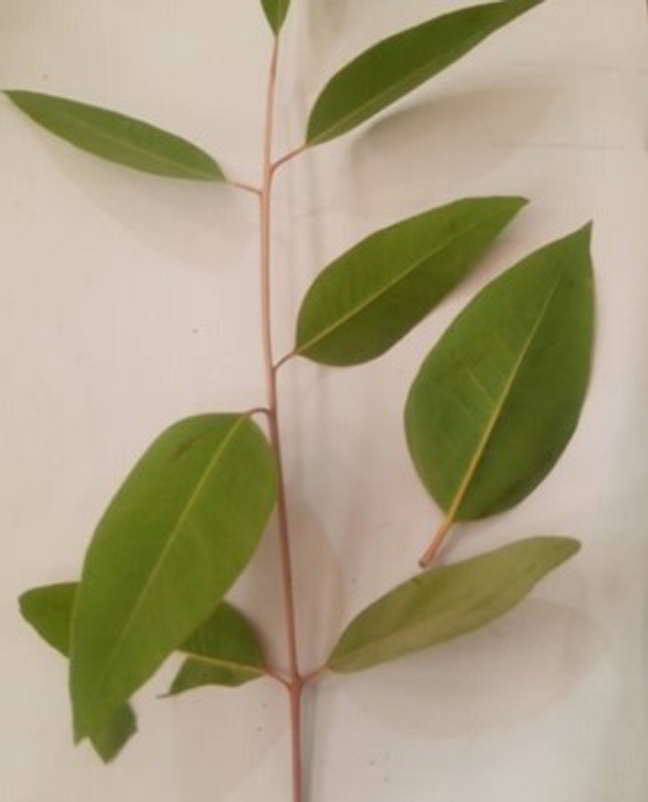









 DownLoad:
DownLoad:




